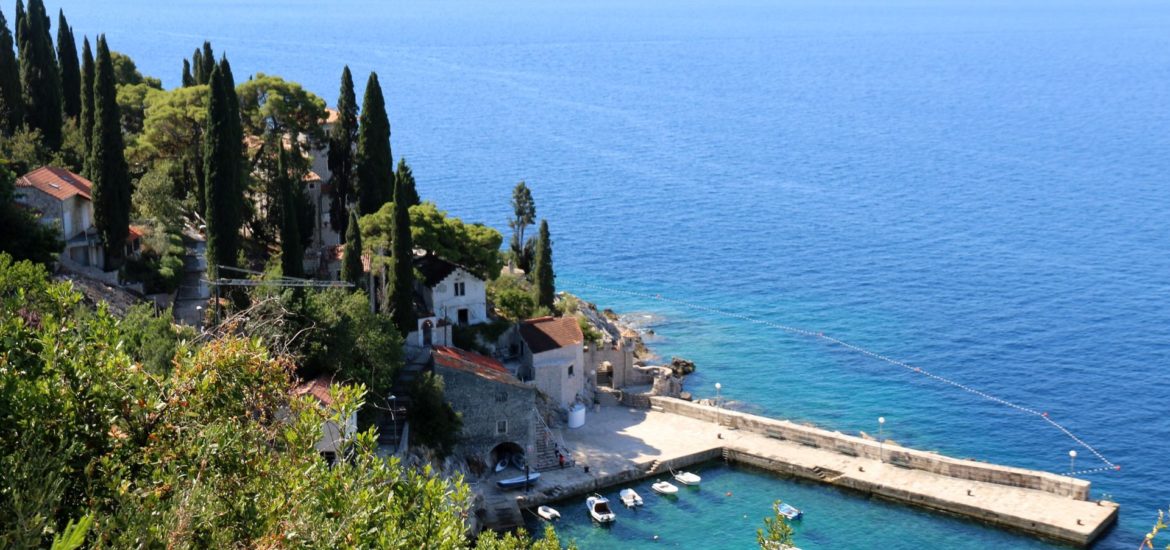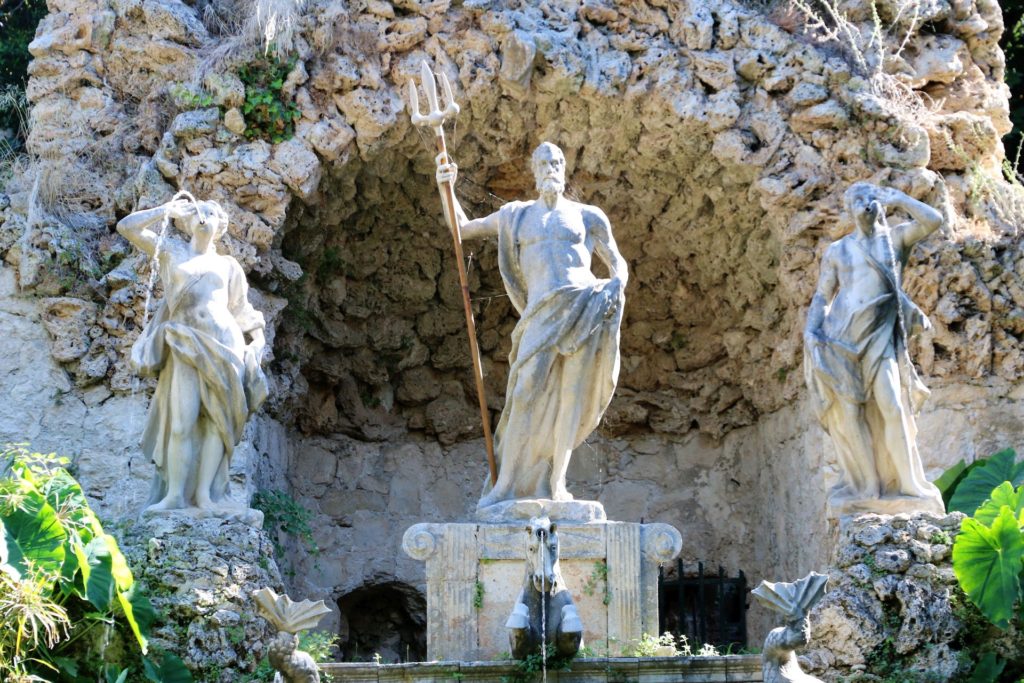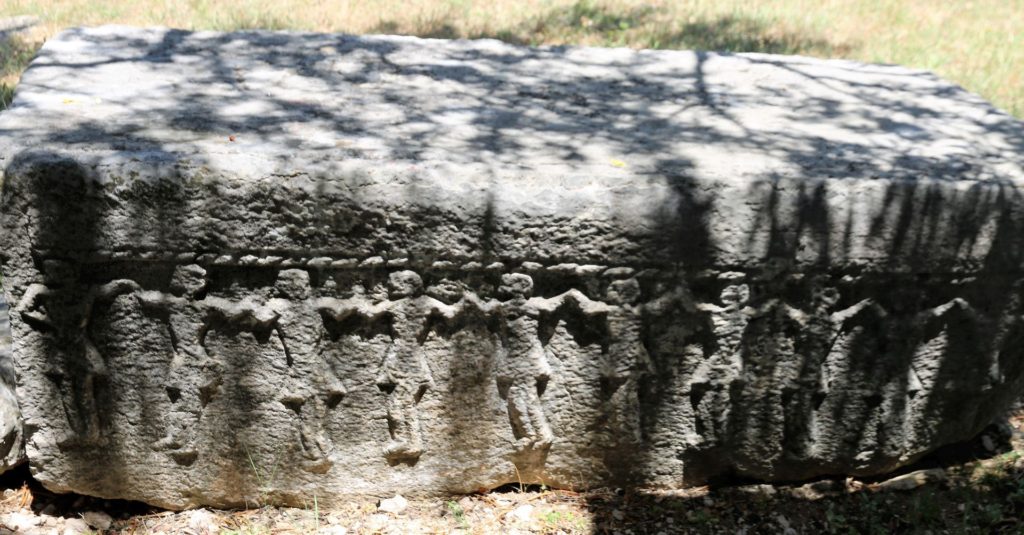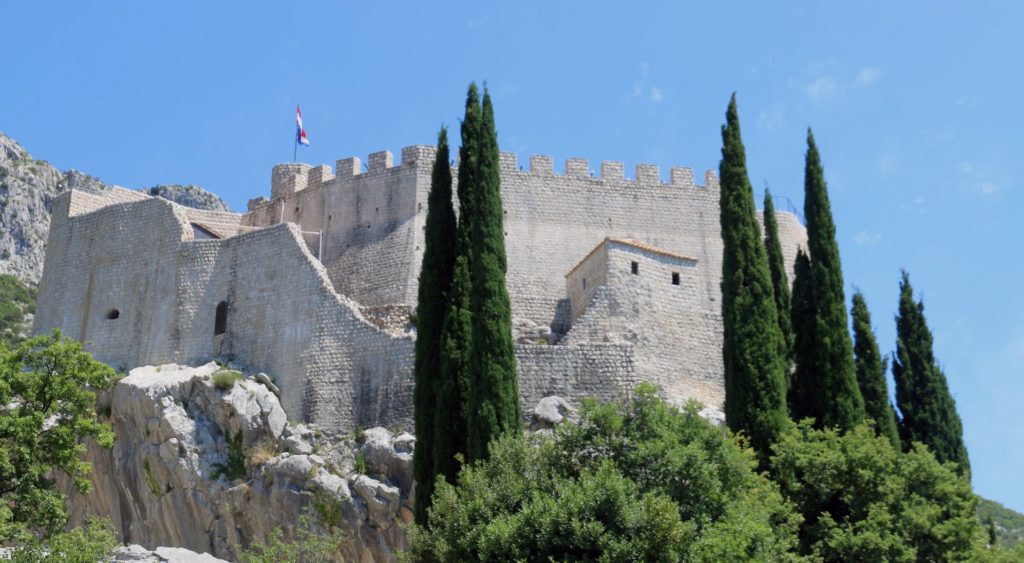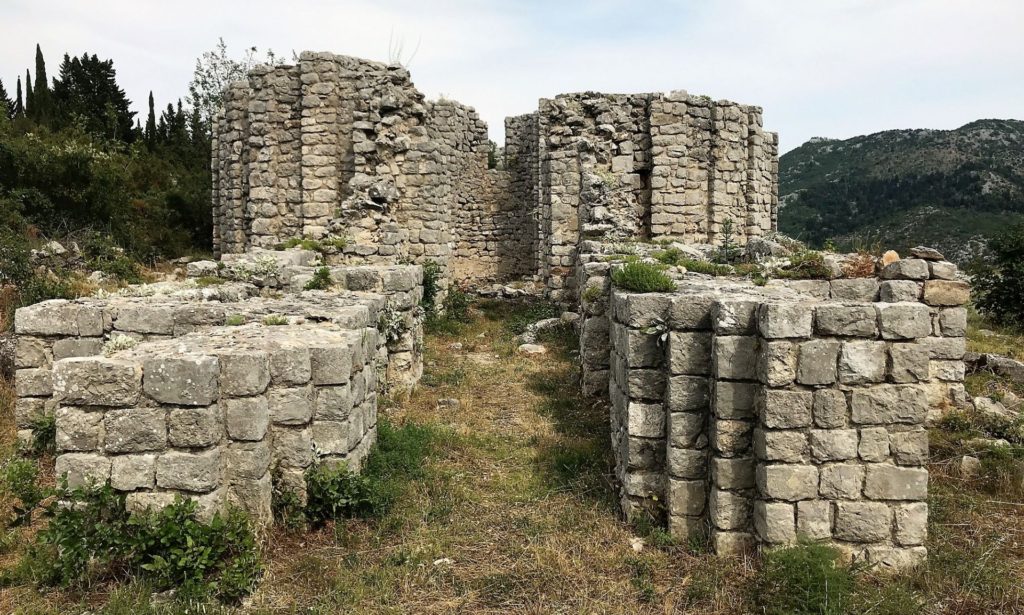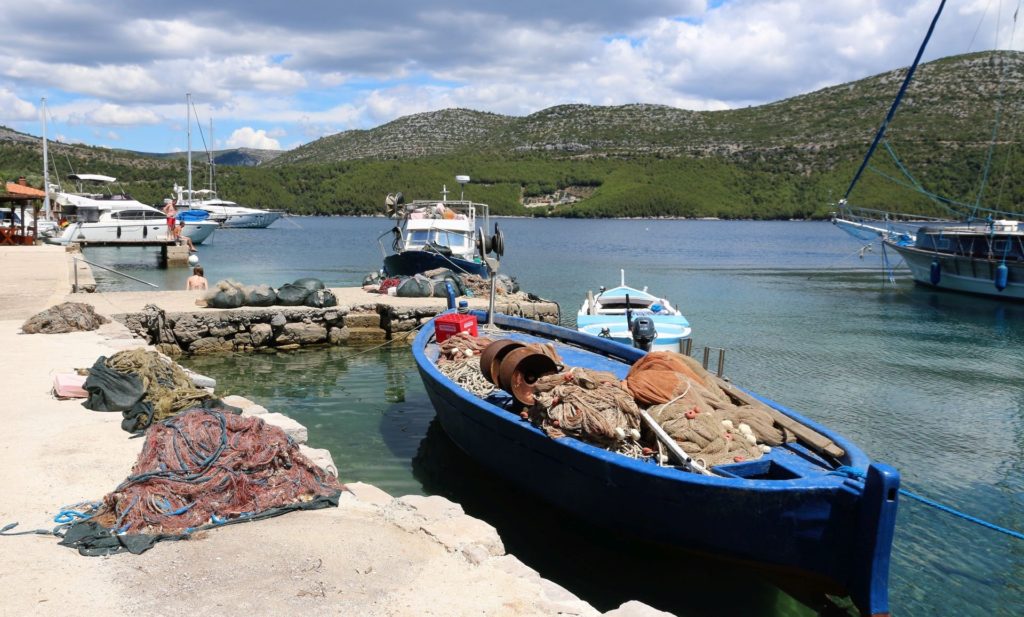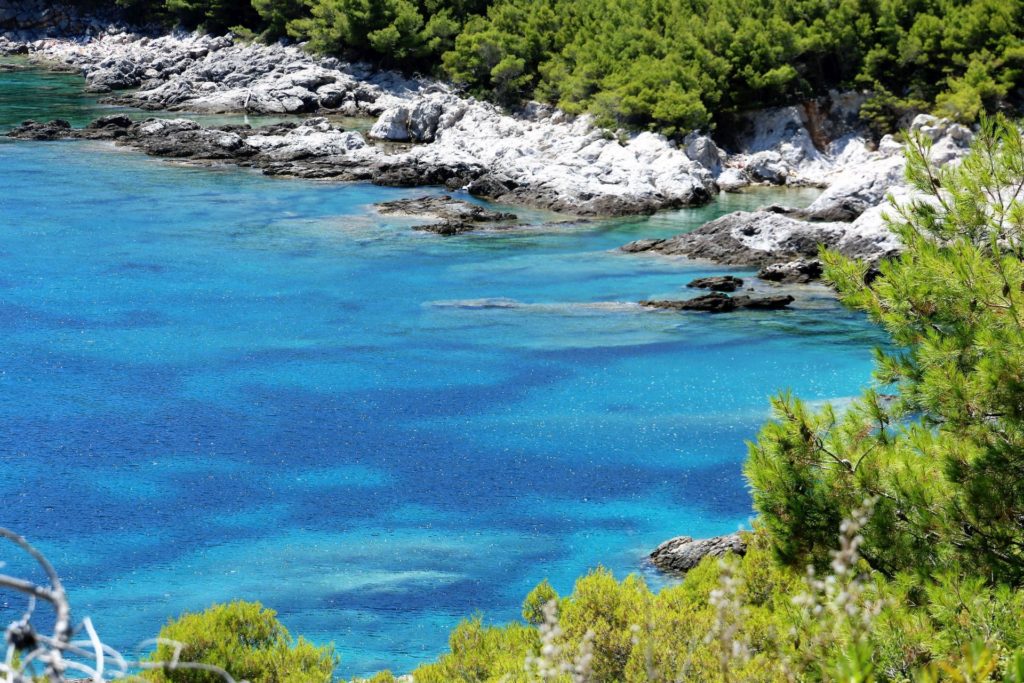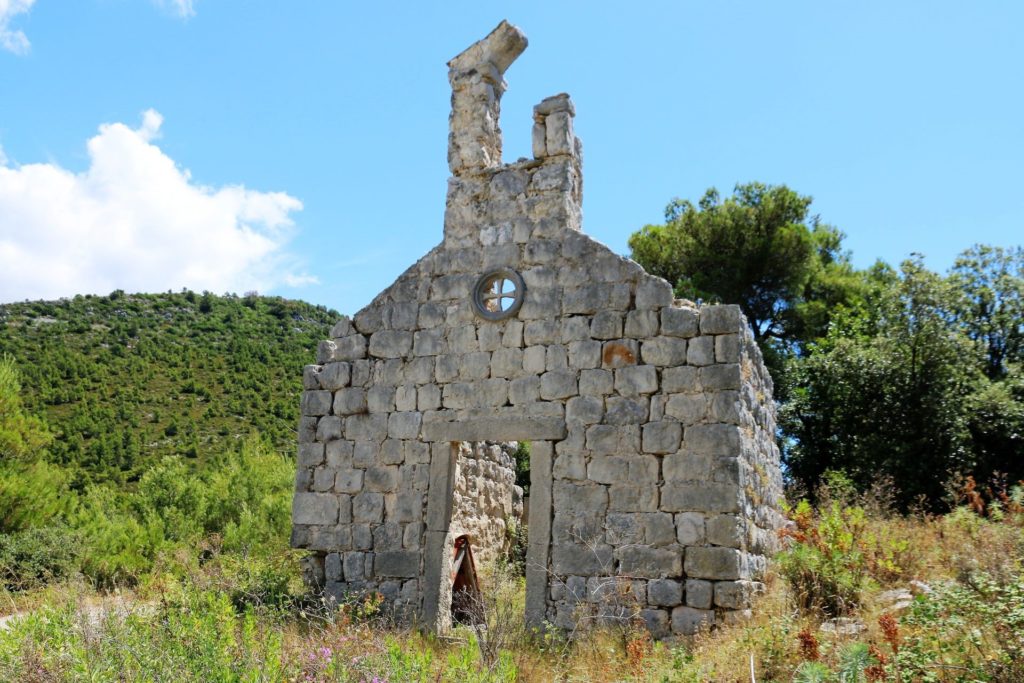 As we are spending our corona-summer in Southern Dalmatia, we have got plenty of time to explore some less known places in the surroundings of Slano, where we feel perfectly relaxed at our beloved Camp Rogač.
As we are spending our corona-summer in Southern Dalmatia, we have got plenty of time to explore some less known places in the surroundings of Slano, where we feel perfectly relaxed at our beloved Camp Rogač.
Except for its highlights – Dubrovnik and the splendid beaches, Southern Dalmatia hides many historical, architectural and natural attractions.
And of course, it is a special pleasure to visit these sites in corona-times, when there are only a few tourists around….
During the last few weeks, we have visited several picturesque villages along the coast and enjoyed the untouched nature of the hinterland.
There are 5 interesting places I would like to recommend for a visit:
1. The Arboretum in Trsteno
Trsteno is a charming village on the coast with a picturesque port (see photo 1).
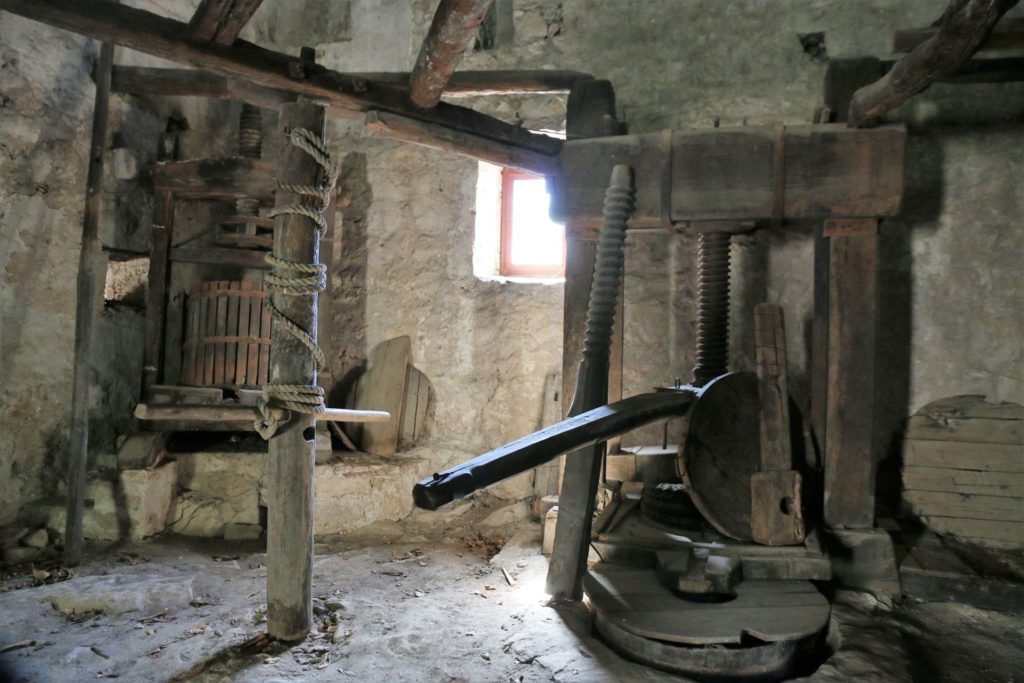 It is famous for its Arboretum, which was founded out of the estate of the family of Ivan Gučević. He erected a summer residence here in 1494 and laid out a beautiful garden. The villa and the garden soon became the center of humanistic and cultural life in Dubrovnik.
It is famous for its Arboretum, which was founded out of the estate of the family of Ivan Gučević. He erected a summer residence here in 1494 and laid out a beautiful garden. The villa and the garden soon became the center of humanistic and cultural life in Dubrovnik.
We arrived in the early morning and enjoyed the beautiful Renaissance garden with its orthogonal network of walks. Soon we discovered a fountain that looked like a fairy tale and we had it all for ourselves! This typical Baroque fountain with Neptune, the god of the sea as a central figure, dates back to 1736, when it was reshaped from the original Renaissance fountain. The peaceful atmosphere of this place, accompanied by the chirping of crickets and the singing of birds was impressive…
Walking around, we admired the remains of a 70 m long aqueduct, the main villa, St. Jerome’s chapel and the green loggia … but we particularly enjoyed the vista of the open sea and the visit of a well-preserved mill with old olive presses.
2. The medieval tombstones of Upper Konavle
The Konavle region in Croatia stretches between Cavtat and the border with Montenegro. With its picturesque villages on the karst slopes of Mount Snježnica, the upland of Konavle is still unknown to most tourists and travel fans. And yet, it is so beautiful with its typical slender cypress trees and the high mountains above them!
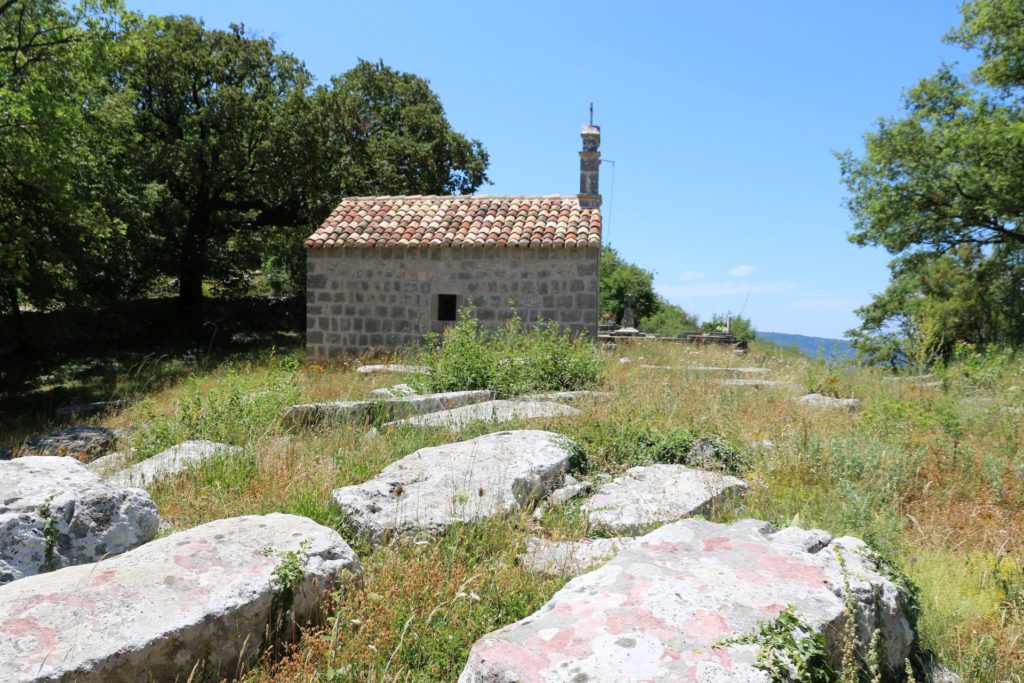 Last week, we made a trip through this area in search of “stećci”, i.e. medieval tombstones which can be found in almost each village. And we really discovered them at several locations, mostly as an integral part of small cemeteries: first of all around the church of Sveta Barbara in Dubravka, on a graveyard that was surrounded by a huge dry stone wall. In Gabrili, we discovered well-preserved tombstones near the church, which show women in a circular dance, a horseman and other scenes.
Last week, we made a trip through this area in search of “stećci”, i.e. medieval tombstones which can be found in almost each village. And we really discovered them at several locations, mostly as an integral part of small cemeteries: first of all around the church of Sveta Barbara in Dubravka, on a graveyard that was surrounded by a huge dry stone wall. In Gabrili, we discovered well-preserved tombstones near the church, which show women in a circular dance, a horseman and other scenes.
In Brotnice, a small village on the border with Herzegovina, we found a necropolis with a famous medieval tombstone that is often mentioned in literature. It dates back to the 15th century and shows vivid primitive carvings and glagolitic lettering in the ancient language of Bosnia. We had already seen this tombstone several years ago and at that time we could not understand that such a marvelous tombstone, a real work of art, was hidden here, in the middle of nowhere. But in the meantime, somebody else has obviously also discovered the tombstone and painted it white…. What a pity that such beautiful monuments of the past are not protected in a proper way!
3. The fortress of Sokol Grad
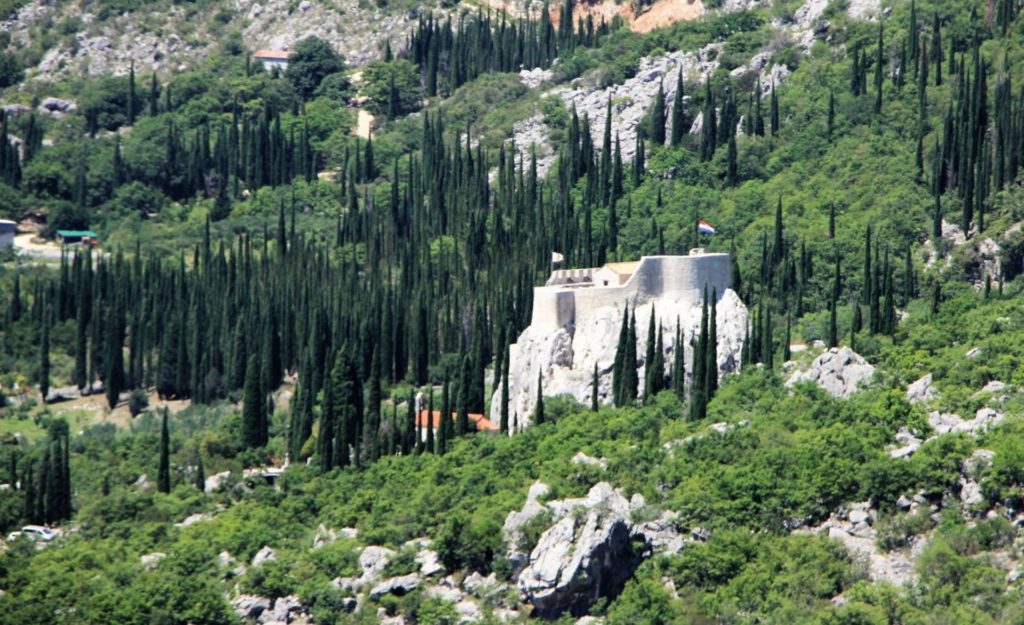 Exploring Upper Konavle, you can also visit the medieval fortress of Sokol Grad, located near Dubravka, This fortress was built on the site of an Illyrian and Roman fortification. There was a cistern, a storehouse for wine and food, a building for the soldiers, but also a separate house for the accommodation of women and children from the nearby villages in case of war danger.
Exploring Upper Konavle, you can also visit the medieval fortress of Sokol Grad, located near Dubravka, This fortress was built on the site of an Illyrian and Roman fortification. There was a cistern, a storehouse for wine and food, a building for the soldiers, but also a separate house for the accommodation of women and children from the nearby villages in case of war danger.
After the big earthquake in 1667 the fortress was abandoned. The ruins were purchased by the Association of Friends of Dubrovnik Antiquities in 1966 and the fortification was completely renovated and reconstructed.
We climbed the steep stone stairs, visited the interesting museum (entrance fee 40 kuna or € 5) and had a breathtaking view of the surroundings from the top of the rock.
4. The Rotonda Church in Ošlje
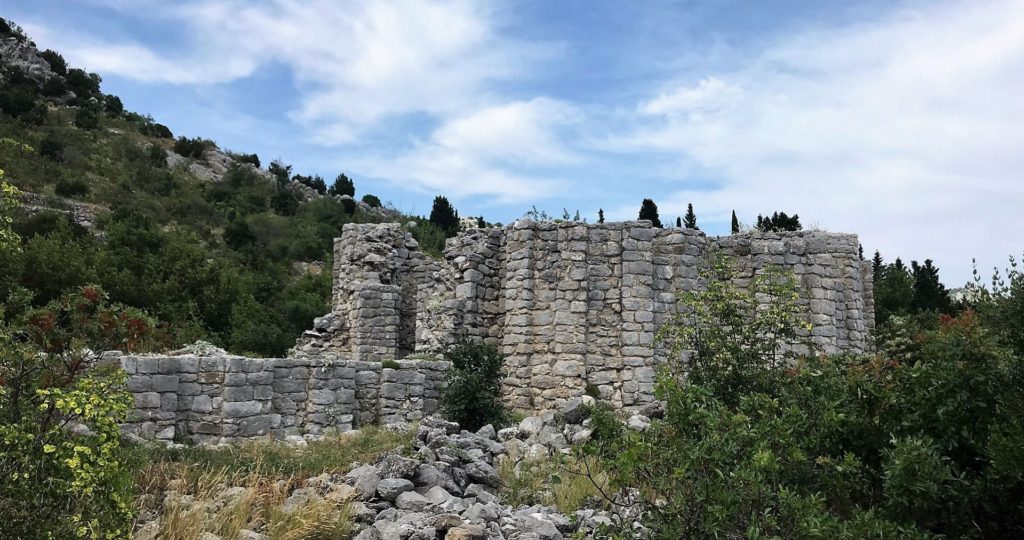 In the hinterland of Slano, there are several interesting villages. One of them is Ošlje, famous for the ruins of an old church called “Rotonda”. Why has it got such a strange name? Because it has a very special, circular configuration.
In the hinterland of Slano, there are several interesting villages. One of them is Ošlje, famous for the ruins of an old church called “Rotonda”. Why has it got such a strange name? Because it has a very special, circular configuration.
It is the only example in Southern Dalmatia of a pre-Romanesque building with an eight-leaf layout, above which used to be a dome. The church dates back to the 9th or 10th century and is situated at a lonely place, surrounded by Mediterranean vegetation.
We found it a unique and mystic place, and it was not hard to understand that according to legend, golden bells are buried in its surroundings.
5. The village of Kobaš
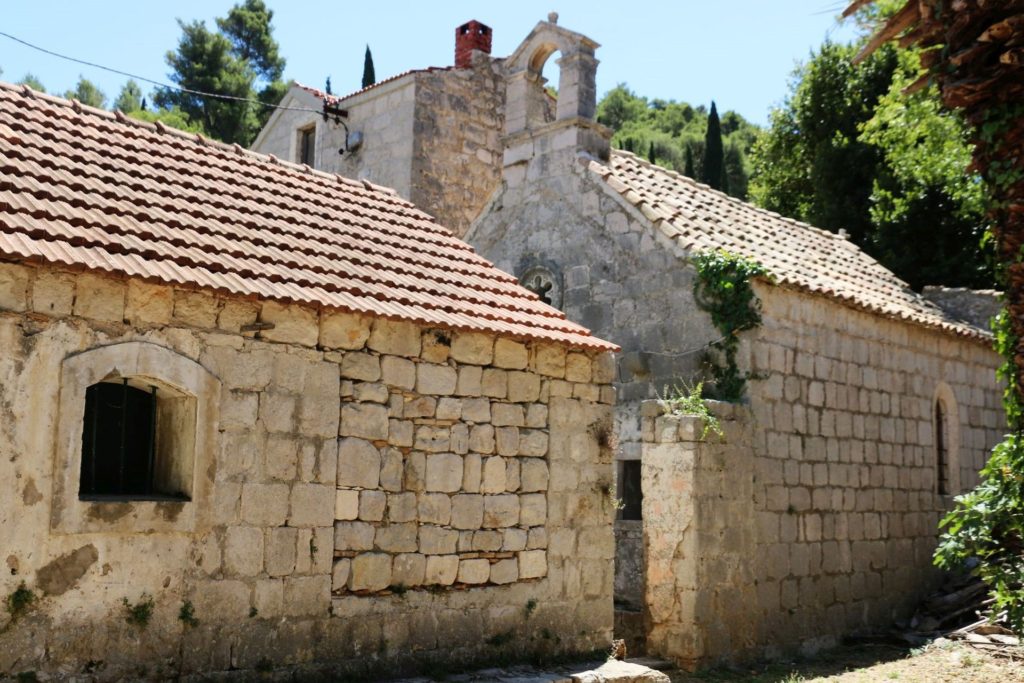 One of the hidden secrets of Southern Dalmatia, or more exactly of the peninsula of Pelješac, is the picturesque village of Kobaš near Ston. It was not easy to reach it by land, as – in normal times – this is first of all a secluded cove visited by yachting enthusiasts, who are interested in a nice beach and a good fish meal. But when we visited the village last week, we did not see a single soul…
One of the hidden secrets of Southern Dalmatia, or more exactly of the peninsula of Pelješac, is the picturesque village of Kobaš near Ston. It was not easy to reach it by land, as – in normal times – this is first of all a secluded cove visited by yachting enthusiasts, who are interested in a nice beach and a good fish meal. But when we visited the village last week, we did not see a single soul…
Few people know the story about this quiet village, which is inhabited by 7 families only. In 1945, the Germans set the whole village on fire and killed all the innocent fishermen. A monument still testifies this horrible event.
Kobaš is a fantastic place with its small port, a few restaurants around it, ruins of old stone buildings and lots of cypresses and flowers… A very special experienced indeed!
Southern Dalmatia offers many surprises. Most tourists don’t have the opportunity to travel around and to discover all the hidden secrets of this region, but I can assure you that it is absolutely worthwhile to explore the less known places!
